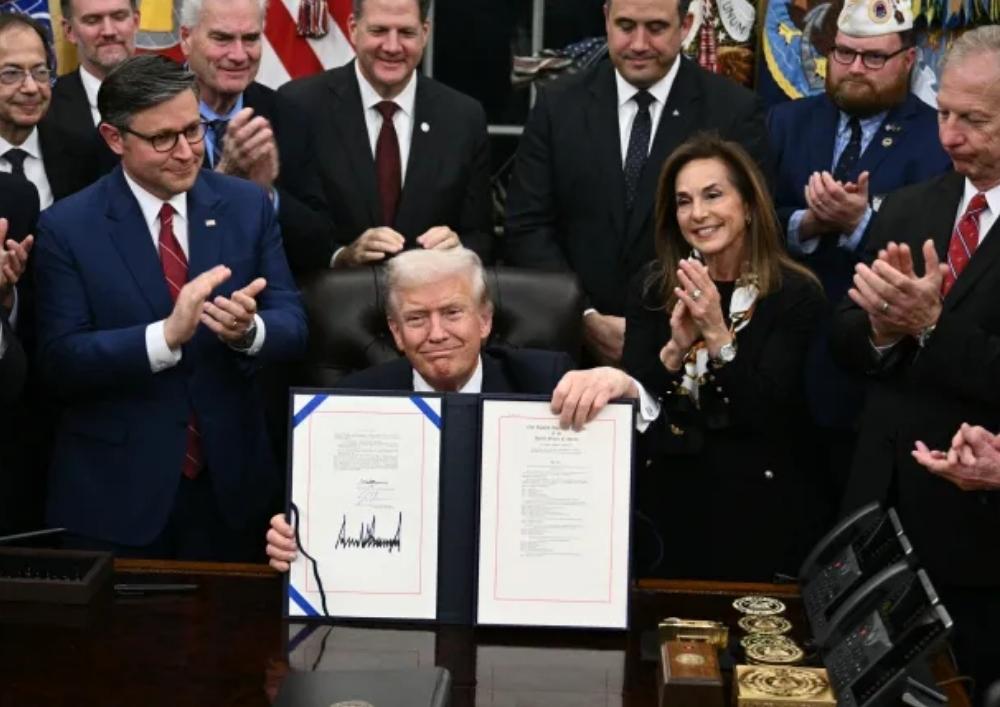WASHINGTON, U.S.A.: After 43 consecutive days, the longest government shutdown in U.S. history has come to an end, as President Donald Trump signed a funding bill late Wednesday night, reopening federal agencies and restoring pay to hundreds of thousands of furloughed workers. The shutdown had brought many public services to a grinding halt, disrupted federal operations, and intensified political tensions in Washington.
The bill, passed by the House of Representatives in a 222‑209 vote following Senate approval, provides government funding through January 30 and includes full-year allocations for key sectors, including the Department of Agriculture, military construction projects, and the legislative branch. With the signing, federal workers will receive back pay, and essential services will gradually resume across the country.
In his remarks from the Oval Office, Trump blamed Democrats for the stalemate, calling the shutdown “no way to run a country,” but described the deal as “very good” and urged lawmakers to avoid a repeat of such a crisis. Analysts note that while the bill restores operations, it does not resolve lingering disputes over health-insurance subsidies under the Affordable Care Act (ACA), a major demand from Democrats. This leaves the possibility of renewed partisan clashes in the near future.
The shutdown’s effects had been widespread: federal workers went without pay, food assistance programs faced delays, air-traffic operations were reduced, and many public services across the U.S. were suspended. Economists warn that the full recovery of services and mitigation of economic ripple effects may take time, even after the bill’s passage.
The resolution of this historic shutdown highlights the deep divisions in U.S. governance and federal spending priorities. It also underscores the challenges of bipartisan negotiations in the country’s current political climate, where essential operations remain vulnerable to partisan deadlock.
This story has been reported by PakTribune. All rights reserved.



